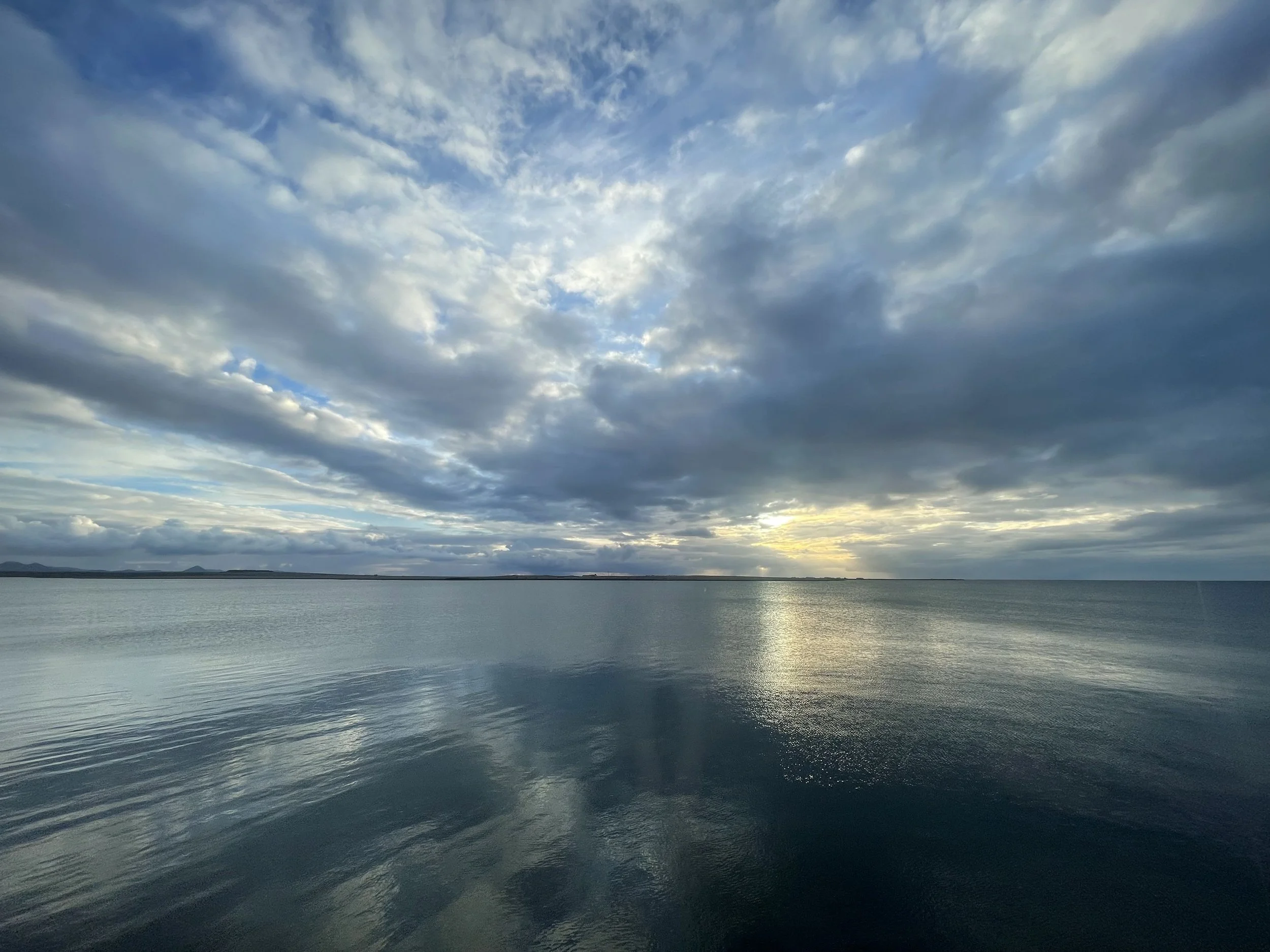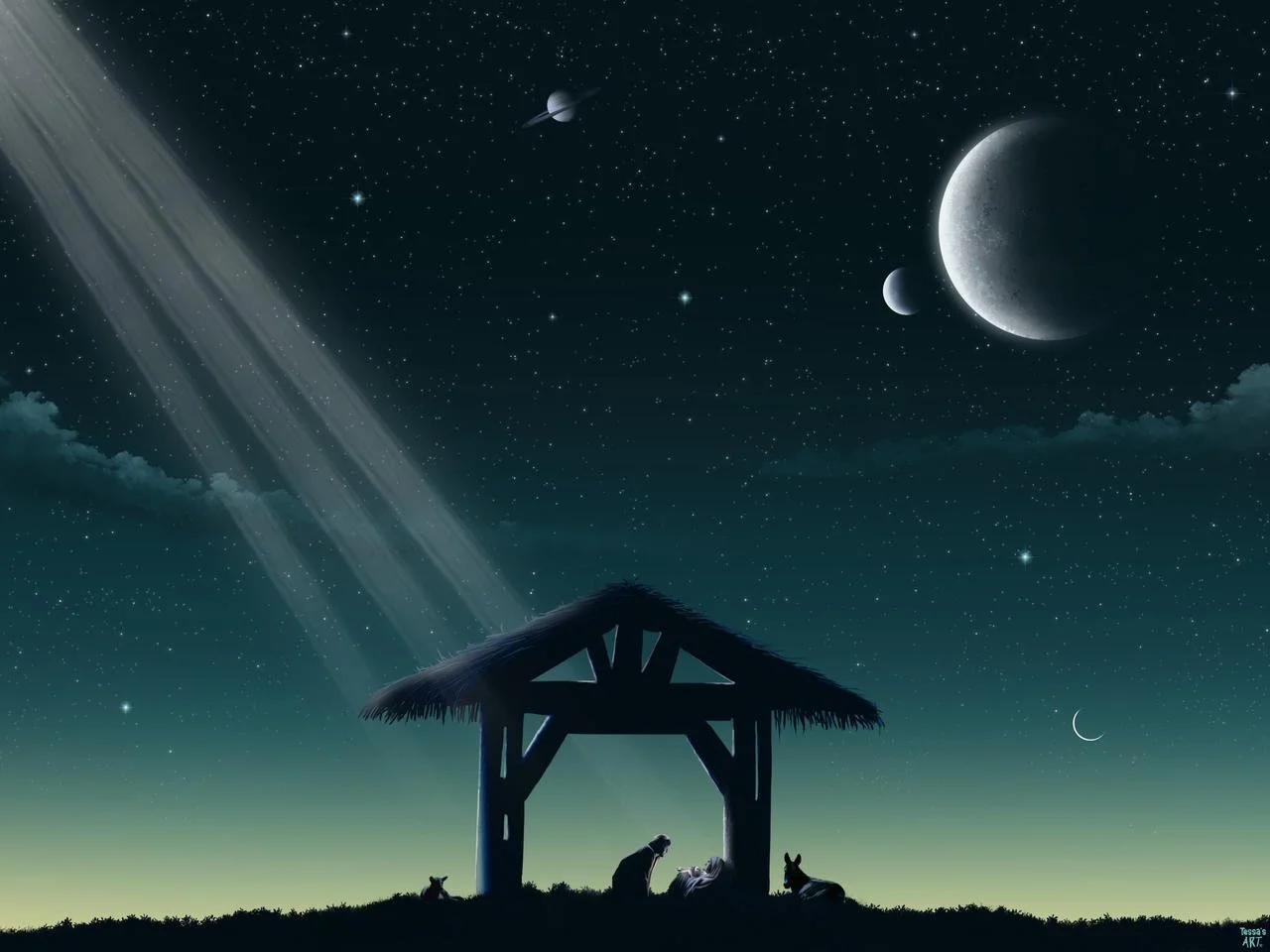by Richard Reoch
The Buddha was no stranger to genocide. His own people, the Sakyas, were the victims of mass slaughter. One of the final acts of his life, recounted in the opening verses of the Mahaparinirvana Sutra, was to refuse a request to give his blessing to an act of genocide.








